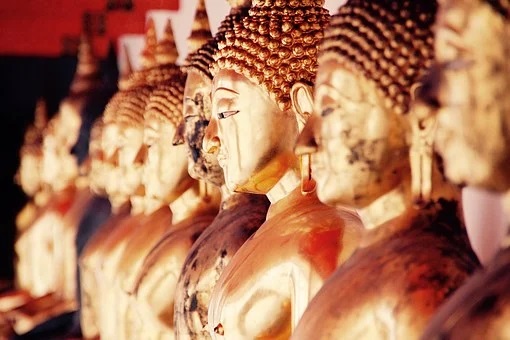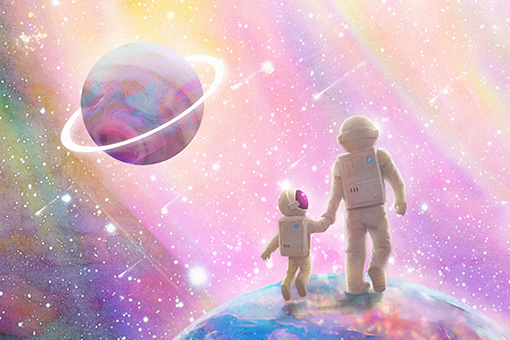How should a Buddhist live? The Buddha gave us the answer long time ago. Being his followers, we should all adopt the kind of life that he had prescribed for both the monastics and laypeople. Doing so will make for a much more meaningful life.
In the Vinaya Pitaka, the Buddha told the monastics that one should avoid duality in life. Duality mentioned in Madhyamaka is the eternalist and nihilist view, whereas in the context of the way of living, duality denotes the impoverished and self-indulgent life.
~Depicted from THE RIGHT VIEW - A Buddhist’s Mode of Life











